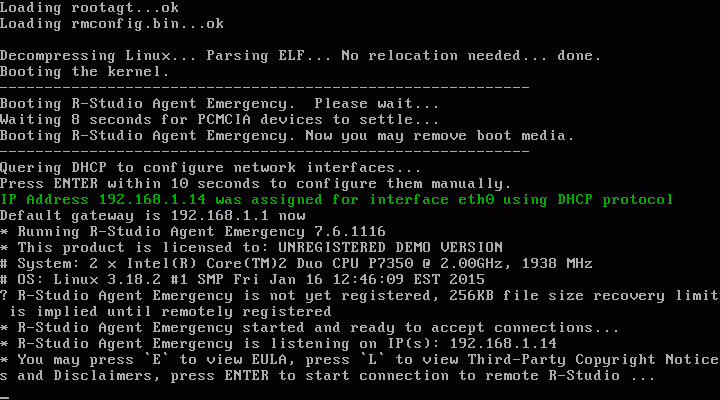

The patterns can be derived from observations on either the micro- or macro level in the real world or inductively from the literature. It can be seen as a set of criteria that help you in assessing whether the model is realistic enough. The “patterns” part of the first component refers to the (real-world) phenomenon you strive to explain. Some of the most important high-level purposes of ABMs are prediction (of an outcome), explanation (of phenomena through tangible causal chains consisting of mechanisms), description (of the components that matter in a particular case), theoretical exposition (hypothesis testing), illustration (of an idea or theory), analogy (to illustrate a way you could think about a phenomenon – such as opinion spreading through models from epidemiology), and social learning (modeling the evolution of people’s (shared) understandings) (illustrations and more can be found in Edmonds et al. However, when you construct a model, you should clearly think of one purpose and garner it towards this purpose.

Those high-level purposes are not necessarily perfectly distinct and a model might serve for more than one. This encompasses not only stating the research question, but also what general purpose the model is supposed to serve for. In the first step, researchers need to justify the purpose the model. 4.2.2 Assessing the quality of the ratingīuild_world( dimensions = 25, share_free = 0.5, share_col_1 = 0.25, share_col_2 = 0.25) coordinates dimensions) stop( "invalid value for coordinates") if (coordinates > dimensions) stop( "invalid value for coordinates") expand_grid( dim_1 = (coordinates - 1) :(coordinates + 1), dim_2 = (coordinates - 1) :(coordinates + 1)) %>% filter(dim_1 > 0, dim_2 > 0, dim_1 % reduce(c) %>% enframe( name = NULL, value = "neighbor") %>% mutate( own_value = own_value) %>% filter(neighbor != 0) %>% mutate( same_type = case_when(own_value = neighbor ~ TRUE, TRUE ~ FALSE)) %>% pull(same_type) %>% mean() } # c coordinate_tbl % mutate( same_share = NA_real_, happiness_ind = NA_real_) for (i in seq_along(coordinate_tbl $same_share)) test 4.1 Pre-processing: put it into tidy text format.3.2.1 Baldassarri and Bearman (2007) ODD’ed.3.2 How to report ABMs – the ODD protocol.3.1.1 Recap: functions, if…else, loops, and matrices.2.3 Application Programming Interfaces (APIs).




 0 kommentar(er)
0 kommentar(er)
